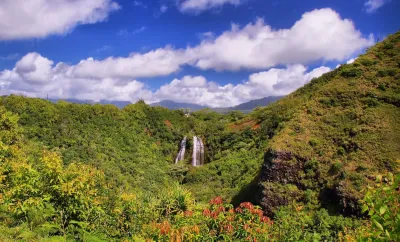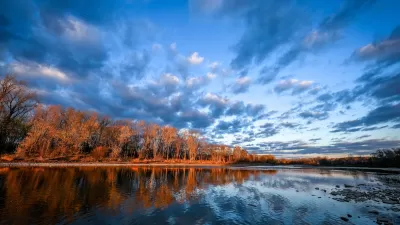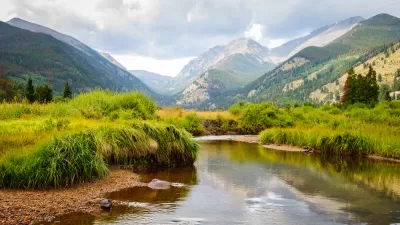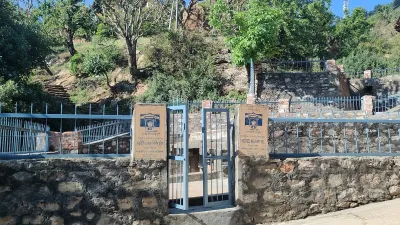A University of Hawaiʻi study shows that protecting Kauaʻi’s native forests from invasive species significantly boosts groundwater recharge, making it a cost-effective strategy to secure fresh water and enhance climate resilience.

A new study led by the University of Hawaiʻi Economic Research Organization (UHERO) finds that conserving Kauaʻi’s native forests offers major water benefits, with each dollar invested in protection efforts generating an average of 593 gallons of groundwater recharge. These efforts focus on keeping invasive species like feral pigs and deer out of vital watershed areas to maintain the island’s freshwater supply.
UHERO — an applied research group housed within UH Mānoa’s College of Social Sciences — conducted the study in partnership with the Institute for Sustainability and Resilience, the Water Resources Research Center, and The Nature Conservancy. Their analysis showed that regions with natural barriers, such as Wainiha and Nāmolokama, yielded even higher returns, while mid-elevation areas were identified as offering the greatest recharge benefits per dollar invested.
The study also emphasized the broader ecological and climate resilience benefits of conservation, including enhanced biodiversity and erosion control. With the potential to increase total groundwater recharge from 21.4 to 34.4 billion gallons over 50 years, the findings provide a compelling economic and environmental case for expanding forest protection as part of long-term watershed management across Kauaʻi and beyond.
FULL STORY: Protecting Kauaʻi forests from invasive species saves large amounts of groundwater

Alabama: Trump Terminates Settlements for Black Communities Harmed By Raw Sewage
Trump deemed the landmark civil rights agreement “illegal DEI and environmental justice policy.”

Planetizen Federal Action Tracker
A weekly monitor of how Trump’s orders and actions are impacting planners and planning in America.

The 120 Year Old Tiny Home Villages That Sheltered San Francisco’s Earthquake Refugees
More than a century ago, San Francisco mobilized to house thousands of residents displaced by the 1906 earthquake. Could their strategy offer a model for the present?

Rural Missouri Transit Service Could Lose State Funding
OATS Transit offers low-cost rides to primarily elderly rural residents with little or no access to other transportation options.

Opinion: California’s SB 79 Would Improve Housing Affordability and Transit Access
A proposed bill would legalize transit-oriented development statewide.

Record Temperatures Prompt Push for Environmental Justice Bills
Nevada legislators are proposing laws that would mandate heat mitigation measures to protect residents from the impacts of extreme heat.
Urban Design for Planners 1: Software Tools
This six-course series explores essential urban design concepts using open source software and equips planners with the tools they need to participate fully in the urban design process.
Planning for Universal Design
Learn the tools for implementing Universal Design in planning regulations.
Clanton & Associates, Inc.
Jessamine County Fiscal Court
Institute for Housing and Urban Development Studies (IHS)
City of Grandview
Harvard GSD Executive Education
Toledo-Lucas County Plan Commissions
Salt Lake City
NYU Wagner Graduate School of Public Service





























